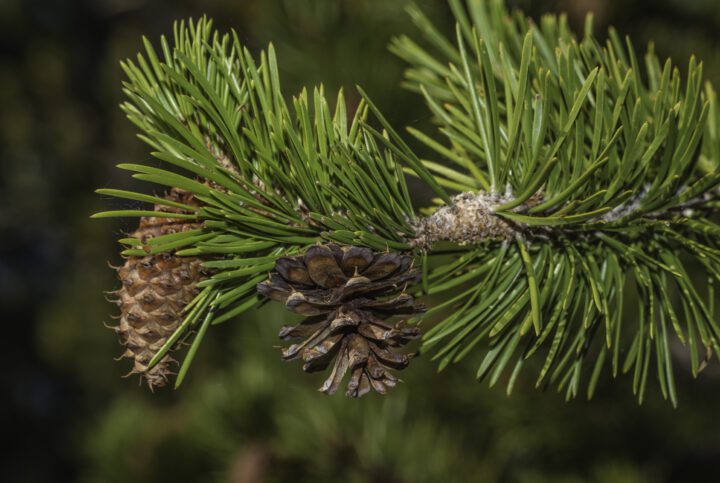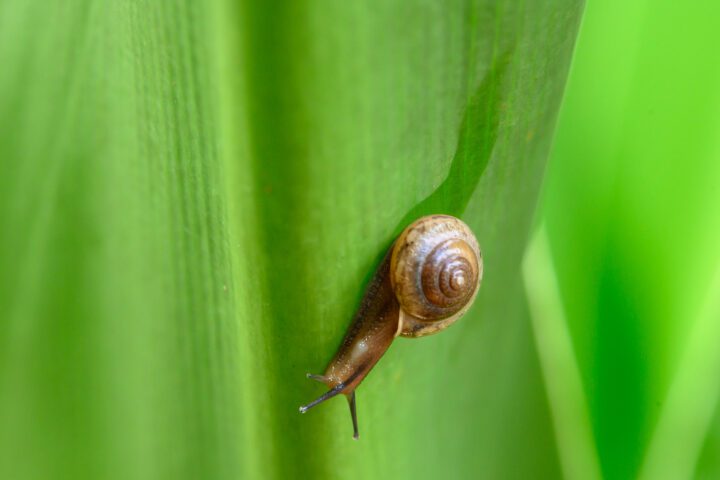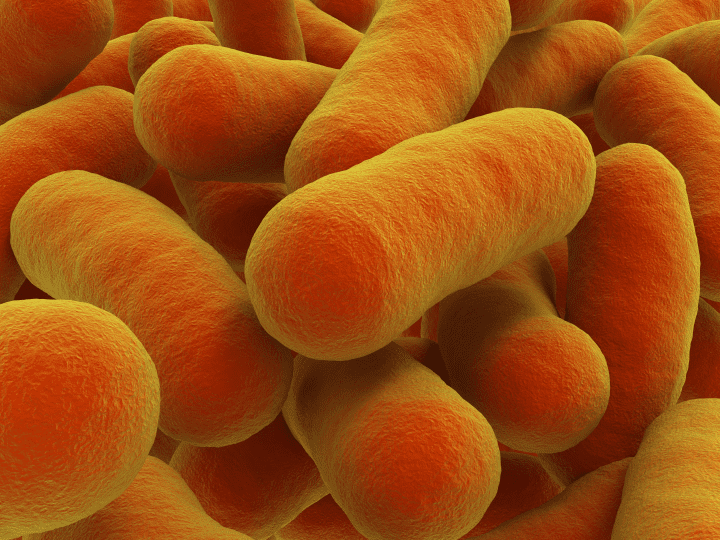Ducts on legs of a marine amphipod adhere to substrate due to release of fibrous, adhesive underwater threads.
“The discovery of a novel silk production system in a marine amphipod provides insights into the wider potential of natural
silks. The tube-building corophioid amphipod Crassicorophium bonellii
produces from its legs fibrous, adhesive underwater threads that
combine barnacle cement biology with aspects of spider silk
thread extrusion spinning. We characterised the filamentous
silk as a mixture of mucopolysaccharides and deriving
from s representing two distinct types. The
carbohydrate and protein silk secretion is dominated by complex β-sheet
structures
and a high content of charged residues. The
filamentous secretion product exits the gland through a pore near the
tip of the secretory leg after having moved through a duct,
which subdivides into several small ductules all terminating in
a spindle-shaped chamber. This chamber communicates with the
exterior and may be considered the silk reservoir and processing/mixing
space, in which the silk is mechanically and potentially
chemically altered and becomes fibrous.” (Kronenberger 2011: 1)





